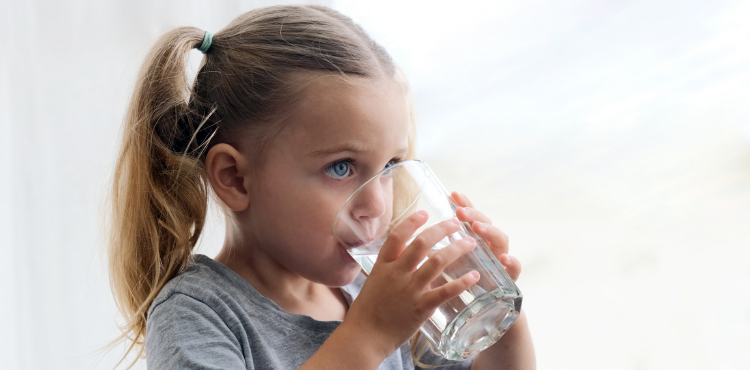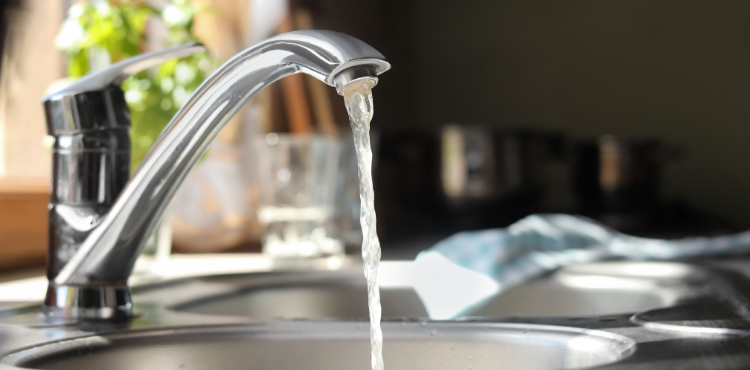We’re told Australia has some of the cleanest water in the world. And for the most part, that’s true — at least, when it leaves the treatment plant.
But what happens between the plant and your kitchen sink?
That’s where the cracks start to appear — literally and figuratively.
If you’re relying on untreated tap water for your drinking, cooking, or even showering, it’s worth asking:
What’s actually in it? And what’s getting into you?
It Starts with Trust — and Ends with a Pipe
We trust the system. Most of us assume the water coming out of the tap is not only clean but healthy. But water travels a long way to get to you. Along that journey, it can pick up more than you’d think.
Old infrastructure. Chemical disinfectants. Agricultural runoff. Residue from rusted plumbing.
Not every contaminant is dangerous in isolation — but many are absorbed in small doses, every single day, over a lifetime.
The Most Common Uninvited Guests
Let’s look at a few of the regulars in untreated tap water across Australia:
Chlorine is added to kill bacteria — but when it hits your hot shower, it becomes a gas you inhale. Long-term exposure can irritate the lungs and dry out skin and hair.
PFAS, the so-called “forever chemicals” making headlines right now, have been detected in water supplies across Australia. Linked to cancer and hormone disruption, they’re nearly impossible to break down and can build up in the body over time.
Sediment and microplastics are increasingly being detected in urban and regional water supplies. These don’t just affect water clarity — they can also interfere with gut health and organ function.
Volatile Organic Compounds (VOCs) — like pesticides and solvents — may be present in low levels, especially in agricultural regions or homes near industrial runoff zones.
“Safe” Doesn’t Always Mean Ideal
Water authorities have to meet minimum safety standards. That doesn’t mean your water is optimal — especially for young children, people with allergies, skin conditions, or compromised immune systems.
It’s also worth noting that testing is typically done at the source, not at the tap — which means the condition of your pipes, your location, and your home’s plumbing materials all affect what you actually get.
In other words, the official data may not reflect your daily reality.
What You Can Do
This isn’t about fear. It’s about awareness — and choices.
You can’t always control what’s in the mains. But you can control what comes out of your own taps. Testing your water is a good first step. Learning what’s in it — and what you’re comfortable living with — is another.
Because water is something you and your family use every day. And small changes now can have a lifetime of benefits.







